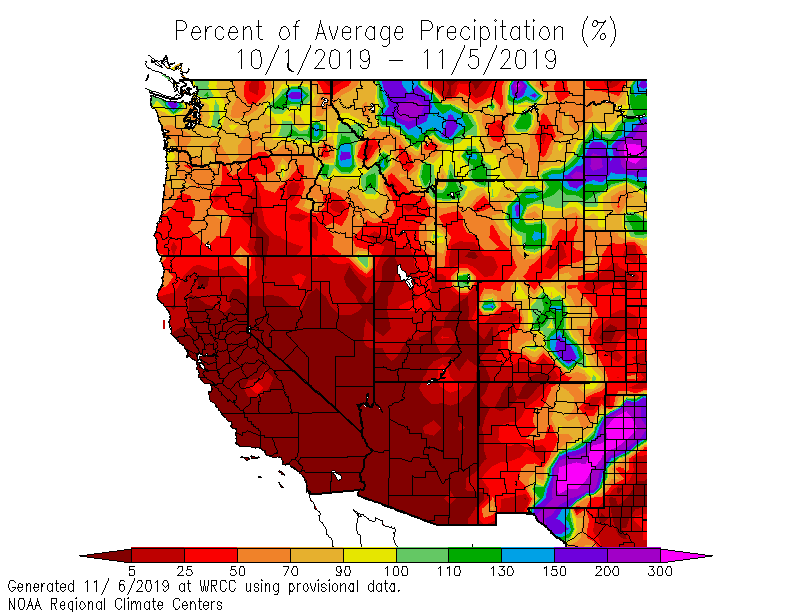Folks in Tucson are gearing up for drought restrictions:
A plan that would force homeowners and businesses to conserve water if southern Arizona’s drought worsens is expected to go into effect Tuesday.The City Council approved the plan in November, but the panel is scheduled to vote Tuesday on the code change that puts the new rules into effect. The rules would become effective immediately if passed.


When I lived in Tucson back in the early 90’s, there were restaurants with outside “misting” systems and golf courses were using water (in the daytime!) like it was going out of style, yet they ticketed homeowners for using too much water to wash their car (basically, if the water ran down the street from your car, it was considered too much).
At about the same time, they were also completing the open aquaduct to divert Colorado river water to Tucson over hundreds of miles of desert, with an untold number of gallons of water lost to evaporation.
Unless the city of Tucson has changed things since then, I’d have to say that their “conservation” efforts are a sham aimed at facilitating more growth, which was basically out of control when I was there.
The whole approach to water use in Tucson is a joke. They are living on borrowed time, sucking down underground reservoirs that took thousands of years to fill.
It’s only a matter of time before Tucson’s water wasting ways catch up with it and turn it into a ghost town — or at most a city with a greatly diminished population. They are basically fooling themselves if they think they can continue as they have been for so long now.
LJ –
In fact, Tucson is generally viewed as a model here in the West for its water conservation policies. When a colleague and I wrote about this subject in 2003, we found it difficult to make apples-to-apples comparisons, but Tucson typically comes out at or near the bottom in per capita water consumption among cities in the arid West. Its graduated pricing structure (use more, pay more per unit) has been emulated by other cities. I’m not sure when the policy started, but when I went out there in 2003 to write about their water policies, all the golf courses were being watered with outflow from their sewage treatment plant – another innovative strategy now being emulated elsewhere. Which is not to say they won’t run out of water anyway. But they’re better than most western cities right now in their approach to the problem, in my opinion.
Between March 6 and March 15, the U.S. Drought Monitor showed significant portions of Southern California and Arizona going from severe drought to extreme drought. Meanwhile, almost all of Wyoming is either in severe or extreme dought, and all of Utah and Nevada are not far behind. With a rapid end to the El Nino and the possible start of a La Nina, the chances for a turn-around this spring now are slim.
I’m sure this is getting covered in the areas most effected, but I haven’t seen much of anything in my neck of the woods. Sooner or later, though, this is going to be a big story. Fire season, here we come.
CO has an interesting upcoming too, as the summer and fall were wet and some spots (not the SW) got good snow, and we can picture the grasses happily doing their jobs and popping up, going brown just in time for lightning season. The SW part of the state is clearly scr*wed, whereas the rest of the state could get lucky.
Best,
D
Pingback: Which way will Pearce vote? at Live From Silver City